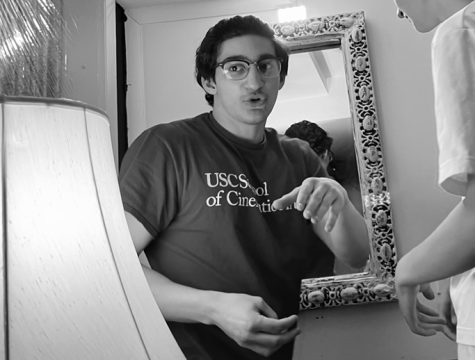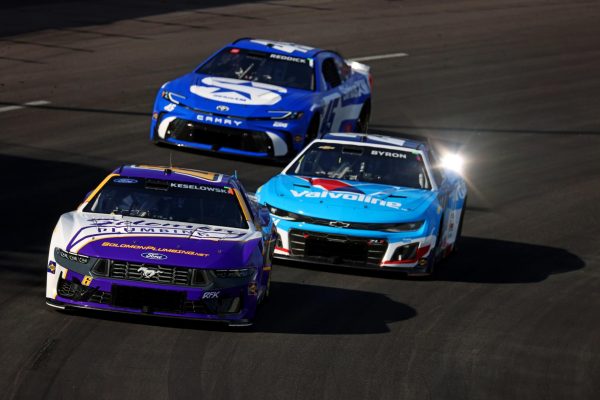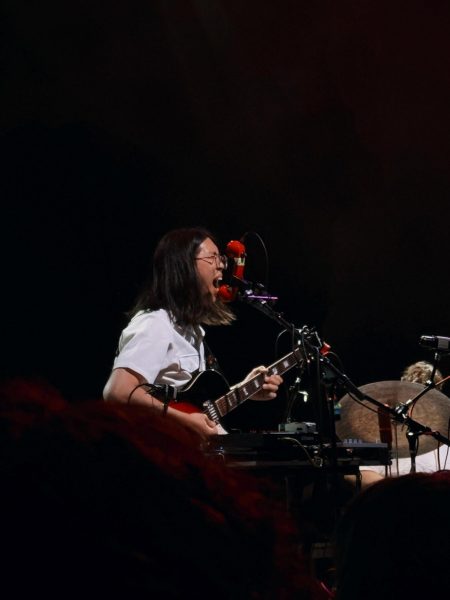Visual Effects Don’t Belong in Performative Arts
Derek Bruff, Attribution-NonCommercial (CC BY-NC 2.0), Green Screen, https://www.flickr.com/photos/derekbruff/8423973854/in/photostream/,
On Sunday, Sept. 18, I went to see a performance of ‘The Valkyries’ at the Detroit Opera House. This show, though, wasn’t a regular performance of Wagner’s classic opera. The performance incorporated what has been a topic of significant controversy in filmmaking: a green screen. The performers acted in front of the large green wall, then their figures would be chroma keyed—the practice of cropping bodies and placing them in digitally rendered backgrounds—onto a sci-fi background on large TVs hanging above the stage. This choice blends the line between performative and media arts in a disjointed way that significantly limits both genres.
When you watch a film, your focus is on the screen. When you see a performance, your focus is on the stage. The area which you should focus to be able to take in the art is clear, but when you merge these two mediums together like this, this clearness dissipates. I constantly found myself going back and forth between looking at the stage and looking at the screen. Logically, you think you should look at the screen because that’s where the green screen is being chroma keyed, but at the same time, your consumption of the performances of the singers are limited when looking at the screen due to the inherent nature of stage performance.
Another casualty of this mixed-medium performance is its suspension of disbelief. In movies and TV, when a green screen is being used, the actual green screen is being chroma keyed: even if it looks like an artificial background, you aren’t directly reminded of this when consuming the media. However, when the green screen is right in front of you, its use is starkly apparent to the audience member. This completely destroys any suspense of disbelief that can occur.
The use of the green screen in this context also brings forth problems and limitations also related to its use in media. A big criticism of the use of green screen is its elimination of practical sets that the actors can interact in, and this is also an issue seen in ‘The Valkyries.’ A vital part of live stage performances, whether it be theater or opera, are the sets that allow for physical and engaging spaces the performers can operate in. These spaces are essential for performances, and watching the actors interact with nothing more than a green backdrop between them, I found myself feeling like all of the performances were limited because of this creative decision.
I find experimentation to be essential for there to be progression in an art form. However, experimentation will always come at a cost, and one must evaluate if the things lost will justify the things gained. For ‘The Valkyries,’ so much of the performances and suspense of disbelief was lost in the combining of genres in this distinct way, with the only thing gained being limitations on both sides.










